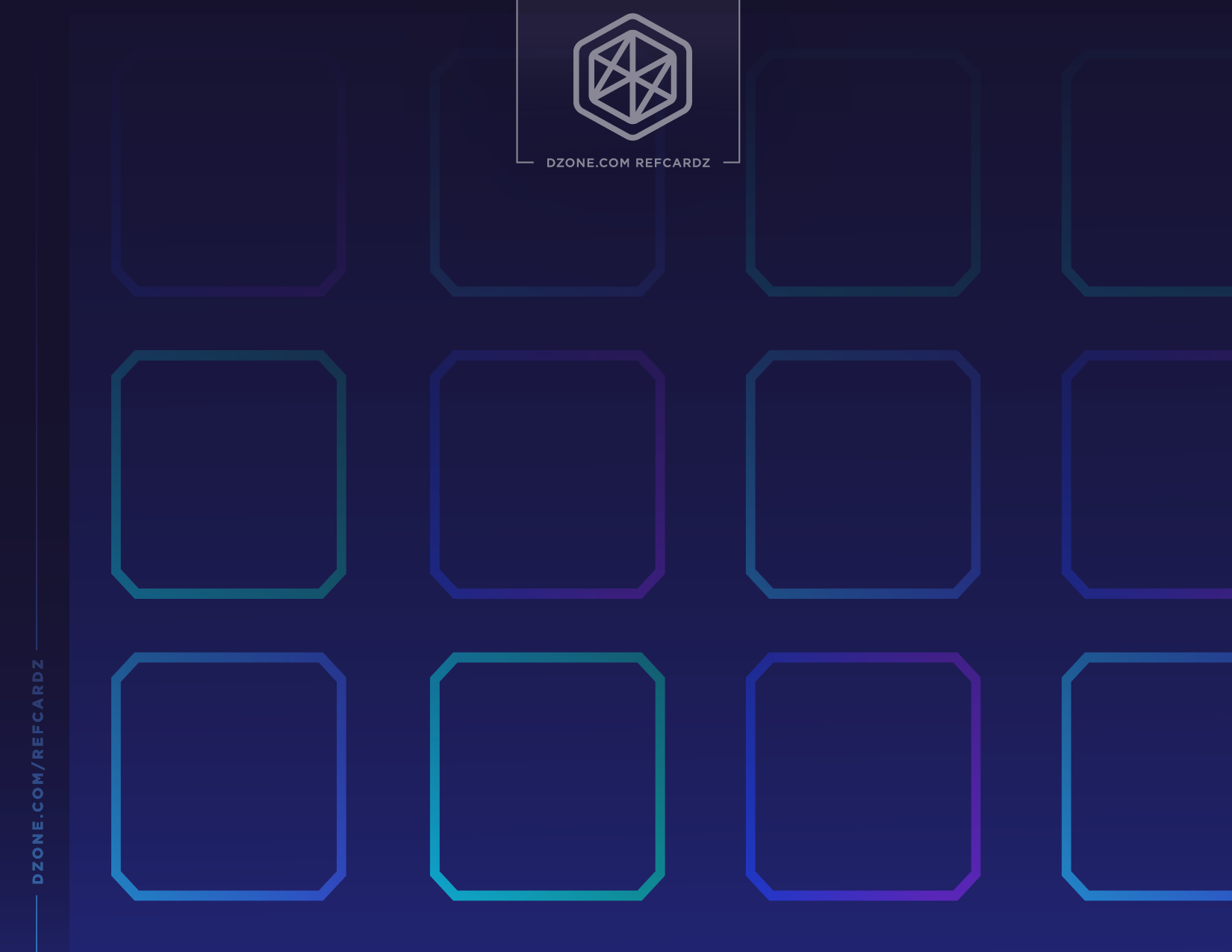We all hear it so often that we almost stop hearing it: “Integration is critical to meeting users’ needs.”
Integration work consumes 50%-80% of the time and budget of digital transformation projects, or building a digital platform, while innovation gets only the leftovers, according to SAP and Salesforce. And as everyone from legacy enterprises to SaaS startups launches new digital products, they all hit a point at which the product cannot unlock more value for users or continue to grow without making integration a feature.
If I were to sum up the one question behind all of the other questions that I hear from customers, enterprises, partners, and developers, it would be something like: “Is integration a differentiator that we should own? Or an undifferentiated but necessary feature that supports what we’re trying to accomplish?”
This Refcard won’t try to answer that question for you. Rather, no matter what type of development work you do, API integration is a fact of life today, like gravity. Why? Today, experience is paramount. The average enterprise uses more than 1,500 cloud applications (with the number growing by 20% each year). Every app needs to integrate with other systems in a fluid and ever-changing application ecosystem. So instead, I’ll share some of the common practices you’re likely to contend with as well as some patterns to consider.
This is a preview of the API Integrations Practices and Patterns Refcard. To read the entire Refcard, please download the PDF from the link above.
#apis #api integration #integration patterns #api cloud #api patterns #api authentication #api errors #apis and integrations
